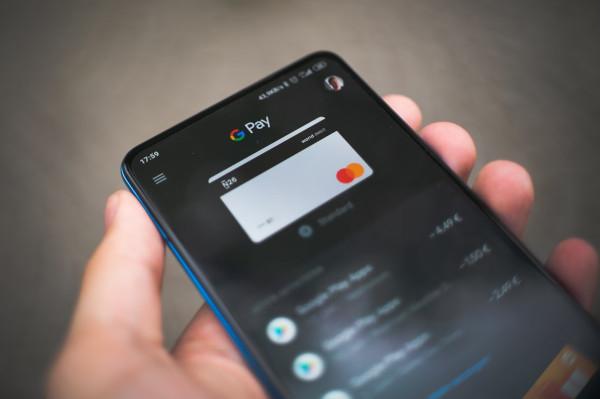Google has introduced tools that streamline the process of managing and spending your money electronically. Two prominent services that often cause confusion are Google Pay and Google Wallet. Though they serve overlapping functions, significant differences define their roles and utility.
It can be a bit confusing to understand the differences, but hopefully, this guide can enlighten you.
What is Google Pay?
Originally launched as Google Wallet in 2011, replaced by to Android Pay in 2015 and merged into Google Pay in 2018, it has since evolved into a comprehensive digital payment system designed to make online and in-store transactions seamless for those with Android phones. Google Pay acts as a one-stop-shop for all your payment needs, integrating with a multitude of apps and services to facilitate quick and secure payment options. The platform supports contactless payments via smartphones, making it an indispensable tool for modern consumers.
It's worth mentioning that Google Pay is currently in the stage of being phased out and replaced with Google Wallet. This has already happened in most places in the world, and India is currently the last country where Google Wallet has yet to launch due to the high popularity of Google Pay. However, Google Pay still lives on, but as an automatic feature of Google Wallet.
Core Features of Google Pay
Google Pay's primary function is to enable users to store their debit, credit, and loyalty cards digitally. Once your cards are uploaded, you can make payments across various devices with just a tap, thanks to NFC (Near Field Communication) technology. Google Pay ensures robust security measures, such as tokenization and a dynamic security code, which keeps your actual card number safe from merchants.
Another notable feature of Google Pay is its integration into the ecosystem of Android apps. This integration allows users to perform transactions within apps or websites without re-entering payment information. Moreover, Google Pay has been expanded to include features like sending money to friends and family directly through the app, a functionality reminiscent of services like Venmo or PayPal.
One specific application of Google Pay is in the realm of online gambling. For example, making a casino deposit with Google Pay as a payment method is popular for many gamblers. This allows users to recharge their online casino wallets directly through Google Pay, ensuring a swift and secure transfer of funds to their gaming account, ready to be used for bets or playing various online casino games.
What is Google Wallet?
In 2022, Google rebranded and brushed the dust off its original payment system, Google Wallet, which serves a slightly different purpose than Google Pay. Google Wallet is designed as a digital wallet that not only manages your payment methods but also organizes other digital assets like event tickets, boarding passes, and loyalty cards. The relaunch of Google Wallet signifies Google's ambition to provide a holistic approach to digital asset management.
However, Google Pay is still a part of Google Wallet, so the main difference is the added functionality and use of a different app. Google Wallet is currently available worldwide, with the one exception of India. However, according to Gadgets360, they are likely to launch their services there too in the near future.
Key Features of Google Wallet
Google Wallet's standout feature is its ability to store and manage a wide array of digital items. Whether it's your gym membership card, gift cards, or even your vaccine records, Google Wallet can keep all these items in one place, accessible with just a few taps on your smartphone. This functionality extends to supporting digital keys, such as car keys or home keys, that are compatible with select models and systems.
Moreover, Google Wallet is integrated with global ticketing solutions and supports digital IDs in participating regions. This means that in the near future, Google Wallet could replace physical wallets altogether, carrying everything from your ID and driver's license to concert tickets and boarding passes, thereby streamlining how you access and use such items in your daily life.
Google Wallet vs. Google Pay: Points of Difference
While Google Pay focuses primarily on payment facilitation, Google Wallet is more about managing your digital lifestyle. Google Wallet is simply a digital wallet where you find everything you would keep in a regular wallet. It's the single point for all digital passes and IDs while still supporting the payment functionalities provided by Google Pay.







